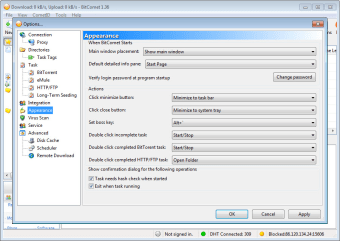
Installs hooks/patches the running processĪdversaries may interact with the Windows Registry to gather information about the system, configuration, and installed software.Īdversaries may attempt to get a listing of open application windows.Īdversaries may attempt to gather information about attached peripheral devices and components connected to a computer system. The input sample is signed with a certificateĪdversaries may delete files left behind by the actions of their intrusion activity.Īdversaries may perform software packing or virtual machine software protection to conceal their code.Īdversaries may use NTFS file attributes to hide their malicious data in order to evade detection.Īdversaries may hook into Windows application programming interface (API) functions to collect user credentials. The input sample is signed with a valid certificate

Possibly tries to evade analysis by sleeping many timesĪdversaries may create, acquire, or steal code signing materials to sign their malware or tools.

Adversaries may inject malicious code into suspended and hollowed processes in order to evade process-based defenses.Īllocates virtual memory in a remote processĪdversaries may inject malicious code into process via Extra Window Memory (EWM) in order to evade process-based defenses as well as possibly elevate privileges.Īdversaries may inject code into processes in order to evade process-based defenses as well as possibly elevate privileges.Īdversaries may employ various time-based methods to detect and avoid virtualization and analysis environments.


 0 kommentar(er)
0 kommentar(er)
